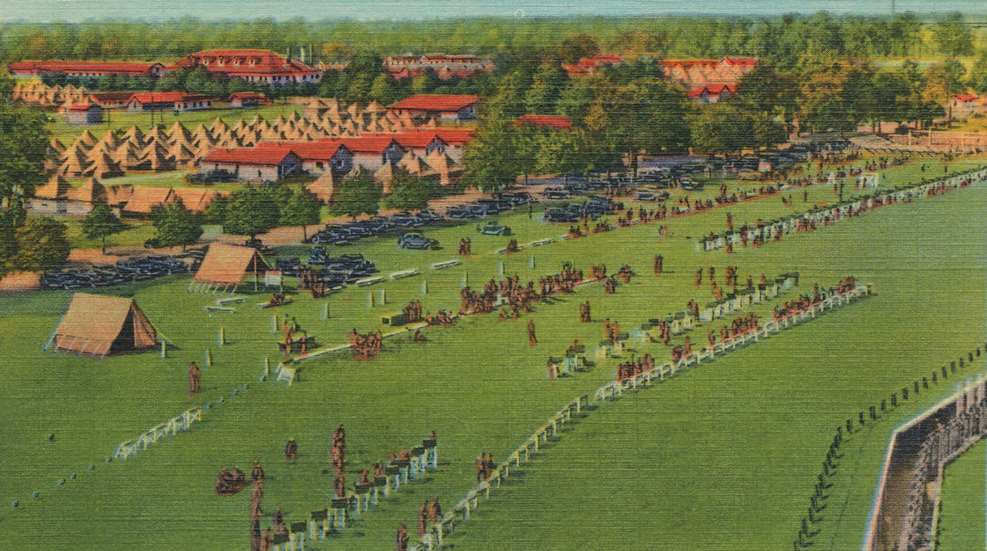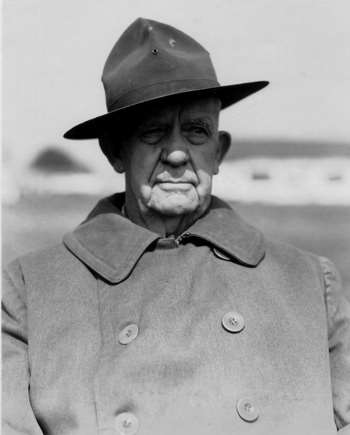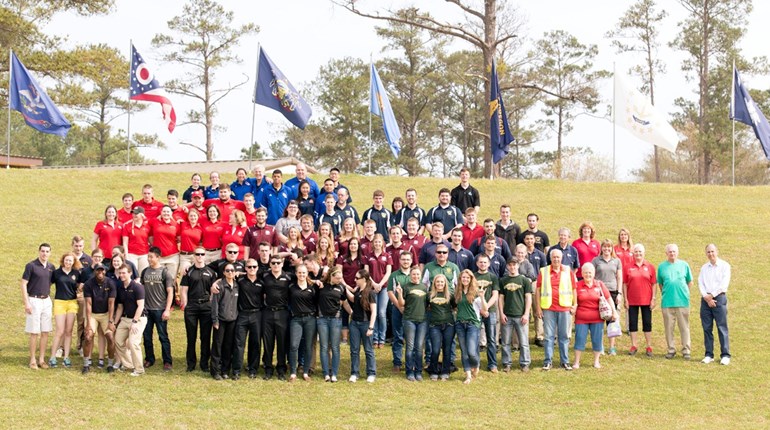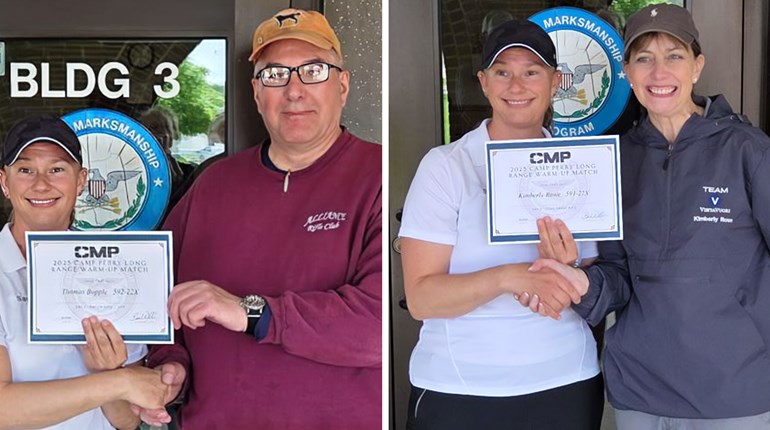
Below is an excerpt from Brig. Gen. Ammon Critchfield's memoir, as published in The Ohio Guardsman for September 1935.

Camp Perry—Its Origin
Gen. Critchfield began his memoir by noting that by the early 20th century, the Ohio state military reservation near Newark was too small in area for adequate training and its ranges were fast becoming unsafe for firing with then-modern small arms. Thus, at the urging of National Guard officers, Critchfield undertook to locate a new training area, one that was affordable with sufficient maneuver space and a safe impact area to permit construction of up-to-date ranges.
"After some three years of effort," Critchfield wrote, "without success, and after a personal investigation of most of the shore of Lake Erie, one day in September 1905, in company with Gen. William V. McMaken of Toledo and Col. Edward S. Bryant of Bloomdale, we drove out west of Port Clinton to look at a suggested location. This we found unsuitable owing to lack of room between the Lake Shore Railroad and the lake. I [then] requested the driver to continue on west and follow the road leading to Lake Erie."
"This led to the lake shore at the east end of the present clubhouse grounds. We drove along the beach for some distance in each direction and after a casual inspection, we were much impressed by the possibilities of the place."
"From a fisherman we met, I obtained the names of several peoples [sic] who lived on the land that we would likely want. When we returned to Port Clinton, I obtained a map of Erie township and a few days later made a more careful examination of the lands and outlined on the map just what we wanted, at least to start with."
Gen. Critchfield was aided in his efforts to purchase the land that is now Camp Perry by state representative W.S. Bensie of Ottawa County and the county attorney, Scott Stahl, who optioned to purchase the land at an average of $60 per acre—plus a 40-acre parcel with a new house and barn, at $100 per acre. When the funding proposal was made to the state legislature in January 1906, only one member (opposed to military training on religious grounds, according to Critchfield) voted against it.
"I arrived on the grounds," Critchfield's memoir continued, "on the 6th day of April 1906, with six men and started to build Camp Perry. The weather was cold and stormy. Much of the land was covered by water, swamps covered with splatter dock, blue flag, cattails and calimus, and the higher grounds with briars, brush and hedge, in all presenting a most desolate and unsightly appearance."
It was worse than that. There were no usable roads so most supplies had to be brought in from Port Clinton by boat. And the job started at the lowest end of the property where the drainage and working conditions were the worst.
"But our faith and determination backed by the enthusiastic and unfaltering spirit and good will of the National Guard won over all elements and conditions and made Camp Perry the model camp and rifle range of the world."
Critchfield went on to point out two factors, both favorable, with respect to the reservation. First, the lake shore boundary, at more than a mile long, included a nice bathing beach area (part of the 11 or so acres purchased by the Ohio State Rifle Association and used for its clubhouse), complemented by the fact that the lakebed deepened only at the rate of about one foot for each 100 feet out from shore, "eliminating the danger for bathers who are unable to swim." Second—in the days before small recreational craft—commercial boat traffic in the vicinity was unable, because of shoaling, to approach within 10 miles of the shore, thus guaranteeing a safe impact area.
Critchfield was understandably proud of the fruits of his labor. In 1935, when memories o the Spanish Influenza pandemic of 1918-19 (more American soldiers died of the Spanish flu than were killed in action) were still fresh, he was able to say that, "during the [First World] War, Camp Perry was the only camp that did not have a single case of the flu." And he also pointed to the comment of a visitor from New York—a representative of the New York National Guard, sent for a day to study the ranges and reservation preparatory to building a better facility in New York state. "I took him in a buggy," recalled the general, "and drove him over the range and gave him a general outline and many details ... He stayed three days instead of one [then reported to Critchfield] 'I'm going back and tell them that I can build a range, but I can't beat Camp Perry.'"
Read more: Stockholm 1912 Olympics: The Games Become An Event

































